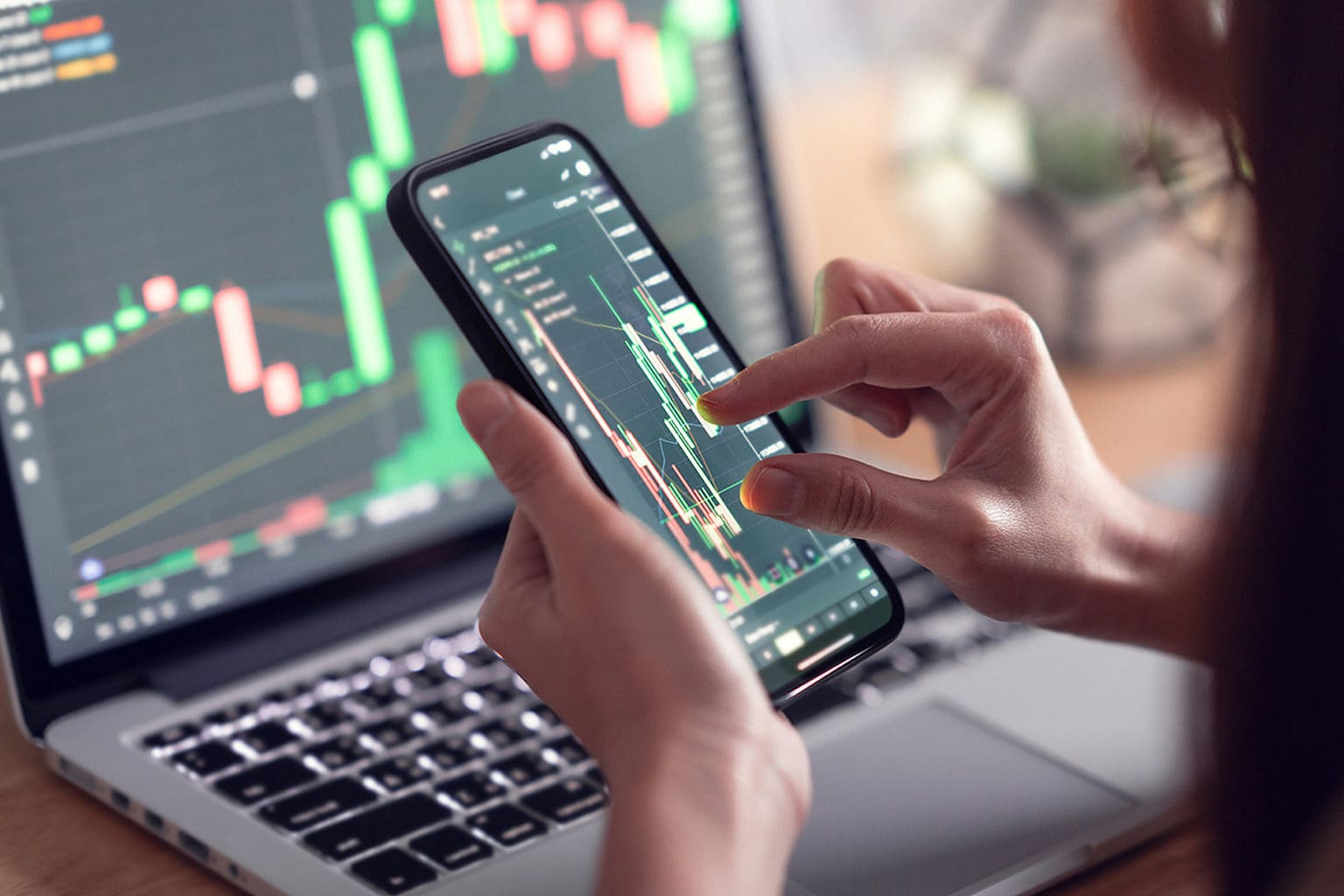Futures Basic: Best Futures Trading Courses for Beginners

For novices, futures trading can be a challenging environment to navigate. Trading can be done on a wide range of asset types, including indices like the S&P 500 and commodities like gold and oil. Traders must be aware of the unique risks and specifications associated with each transaction. One of the greatest ways for novices to understand the fundamentals is to enrol in a futures trading course. With the convenience of home, learn trading at their own pace and with flexibility thanks to online courses. Here are some pointers for novices looking to enrol in a futures trading course.
Seek for Courses that Address the Fundamentals
Locating a course that addresses the foundations of futures trading is the first step. An excellent introduction to finance course will define futures contracts, describe how the markets operate, and go over the many kinds of orders that can be placed. They should also go over the settlement procedure, daily price swings, and margin needs. To successfully navigate the futures markets, one must comprehend these fundamental ideas. Additionally, how to interpret charts and analyze price activity should be covered in courses. Determining entry and exit points requires technical analytical skills.
Take a Look at Courses that Cover Several Asset Classes
It’s beneficial to attend a course that offers an overview of several asset classes because there are a lot of different types of futures contracts. It gives traders access to a wide range of markets, including currencies, indices, and commodities. The distinct features of contracts such as those for gold, crude oil, Treasury notes, and other assets should be covered in courses. Comparing several marketplaces enables traders to choose which ones they might potentially concentrate on. It is also helpful in comprehending the potential global effects of economic or political events on different futures.
Seek out courses that include practice exercises.
Although viewing videos and reading books offer a good starting point, actual trading experience is crucial to understanding futures trading. Students should be able to place hypothetical buy and sell orders in the simulated trading sections of their courses. It lets novices experience how markets move, try out various order kinds, and hone their risk management skills without having to risk actual money. Before risking real money, it’s the closest thing to actual trading experience. There may be quizzes in courses to gauge students’ understanding of the subject matter.
Think about the Experience and Background of the Instructor
The instructor’s training and experience are important factors. Seek out classes from instructors who have years of expertise in making a living off of active futures trading. They must be able to provide concrete instances from their professional experience and have a track record of accomplishment. Theoretical and practical aspects of trading are better explained by instructors with a wealth of expertise. They can provide insightful advice on emotions, risk management, and tried-and-true tactics for shifting market situations.
Examine the Course’s Length and Structure
There are many different lengths of futures trading courses online, ranging from quick basic courses to longer programs. Take into account your learning demands and schedule. While larger programs (20–40 hours) offer more depth and practical experience, shorter courses (5–10 hours) may offer a high-level overview of the fundamentals. Think about hybrid, online, and in-person formats as well. Although they offer the greatest flexibility, online courses might not be as engaging as in-person training. Consider your preferred method of learning. In general, look for a course that, as a novice, offers substantial content in a format that works for you.
Seek Out Extra Study Resources
Check to discover whether the courses offer any extra study materials to supplement the video lessons and simulations. Reading lists, trading journals, reference books, and eBooks may all fall under this category. Supplementary materials allow students to practice applying knowledge outside of planned lecture hours and review ideas at their own pace. As traders start using paper money accounts to implement the tactics, it also makes continuing education easier. Extensive study guides aid in assimilating the knowledge in a self-paced, organized manner.
Think About the Price
The cost of futures trading classes varies greatly based on the popularity, duration, and reputation of the instructor. Compare the expense to your goals and budget. Programs with larger costs don’t necessarily have better quality. Lessons that are too cheap, meanwhile, could be meaningless or pass for thinly disguised sales pitches. Look for programs from reputable suppliers that fall into the mid-price bracket. In addition, find out whether there are any trial or introduction periods available before committing to anything long-term. It’s preferable to take a moderately priced course and get started than to become paralyzed by worry over excessive prices.
Pay Attention to Trusted Providers
Picking a trustworthy source is crucial when selecting a futures trading school. Seek out organizations that have been around for a while and have had good feedback from former students. Steer clear of businesses that seem unduly focused on pushing other products or that go out of business quickly. Reputable suppliers usually have more curriculum development experience and are more suited to help pupils. Additionally, they update the contents to reflect the shifting market conditions. Try, in general, to sign up for courses offered by respectable organizations that you are certain will provide a top-notch education.
Start with a course and work your way up from there.
For beginners, taking an introductory course on futures trading is an excellent approach to gaining a basic grasp. But learning doesn’t end there. It’s crucial to keep up the training over a few months, either on paper or with tiny live accounts. As traders gain experience, they might also think about signing up for advanced courses that concentrate on particular methods. Having a support system is another benefit of joining a trade community. Although schooling lays the foundation, practice, exposure to shifting market conditions throughout time, and continuous learning are the keys to achieving actual proficiency.
Conclusion:
In conclusion, taking a futures trading course is a wise initial step for novices. Traders can locate reasonably priced, multi-asset class packages given by seasoned instructors with a little investigation. Simulations are a useful tool for applying knowledge in the classroom. Look for more study guides and concentrate on reliable suppliers. It’s essential to start with the fundamentals in a secure learning environment before entering active markets. With time, more knowledge and consistent practice will help abilities grow to new heights.



